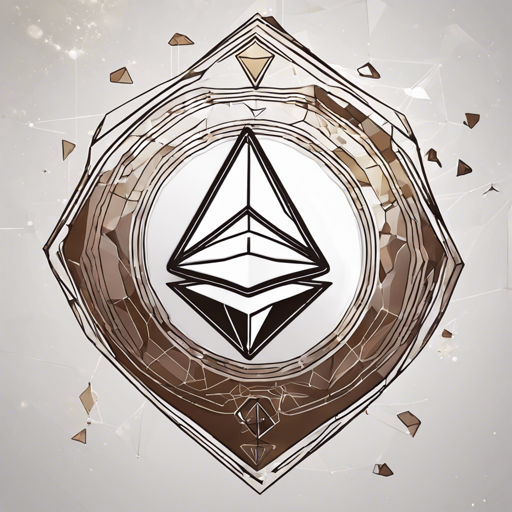Welcome to the world of blockchain development where Ganache acts as your personal playground for Ethereum projects. But before you can dive into the depths of decentralized applications, let’s embark on the journey of setting up Ganache!
What is Ganache?
Ganache is your local Ethereum blockchain that allows you to deploy contracts, develop applications, and run tests, all in a secure, controlled environment. Think of it as your very own simulation of a bustling city where you can build whatever you like without needing to worry about external factors.
![]()
Getting Started with Ganache
Ready to set up Ganache? Let’s get started:
- Download Ganache: You can grab a self-contained prebuilt Ganache binary for your platform from the Ganache website or from the releases page in the repository here.
- Command-Line Tool: If you’re a fan of the command-line, you can use the ganache CLI.
Setting Up Your Development Environment
To get started, you need Node.js version 14.21.1 installed. Follow these steps:
- Clone the Ganache repository.
- Run
npm installto install dependencies. - Run
npm run devto start the development server.
If you’re on Windows, make sure to install windows-build-tools first.
Building Ganache for Different Platforms
Now let’s discuss how to build Ganache for various platforms. It’s similar to preparing a different dish for each region based on local preferences:
On Windows
Building on Windows will create a .appx file. Follow these steps:
- Create a
.certsdirectory containing your signing certificate. - Ensure you have the Windows 10 SDK installed.
- Modify the
package.jsonto point to the correct SDK path. - Run the following command:
$env:SIGNTOOL_PATH="C:\Program Files (x86)\Windows Kits\10\bin\10.0.18362.0\x64\signtool.exe" $ CERT_PASS=... npm run build-windows... with your certificate password.On Mac
For Mac users, you’ll create a .dmg file. Ensure you have Truffle’s signing keys added to your keychain and run:
$ npm run build-macOn Linux
For Linux, a .AppImage file will be generated. The process is simpler:
$ npm run build-linuxGenerating Icon Assets
Asset generation only needs to be done once or when the app’s logo is updated. Use the following tools:
- electron-icon-maker – Generates icons for all platforms.
- svg2uwptiles – Generates assets needed for the Windows appx build.
VS Code Debugging
To debug, you can use the following configuration:
{
"version": "0.2.0",
"configurations": [
{
"name": "Attach to Renderer Process",
"port": 9222,
"request": "attach",
"type": "pwa-chrome",
"webRoot": "$workspaceFolder/ganache",
"sourceMaps": true,
"sourceMapPathOverrides": {
"webpack:*": "$webRoot/*"
}
},
{
"name": "Launch Ganache UI",
"type": "node",
"request": "launch",
"cwd": "$workspaceFolder/ganache",
"runtimeExecutable": "$workspaceFolder/ganache/node_modules/.bin/electron-webpack",
"args": ["dev"],
"sourceMaps": true,
"serverReadyAction": {
"pattern": "Renderer debugger is listening on port ([0-9]+)",
"action": "startDebugging",
"name": "Attach to Renderer Process"
}
}
]
}Troubleshooting
If you encounter any issues while setting up or using Ganache, here are a few steps you can take:
- Ensure that Node.js and npm are installed correctly.
- Verify that your paths in
package.jsonare set correctly for your platform. - Make sure your certificates for signing are correctly set up if you’re building for Windows.
For more insights, updates, or to collaborate on AI development projects, stay connected with fxis.ai.
In Conclusion
At fxis.ai, we believe that such advancements are crucial for the future of AI, as they enable more comprehensive and effective solutions. Our team is continually exploring new methodologies to push the envelope in artificial intelligence, ensuring that our clients benefit from the latest technological innovations.

